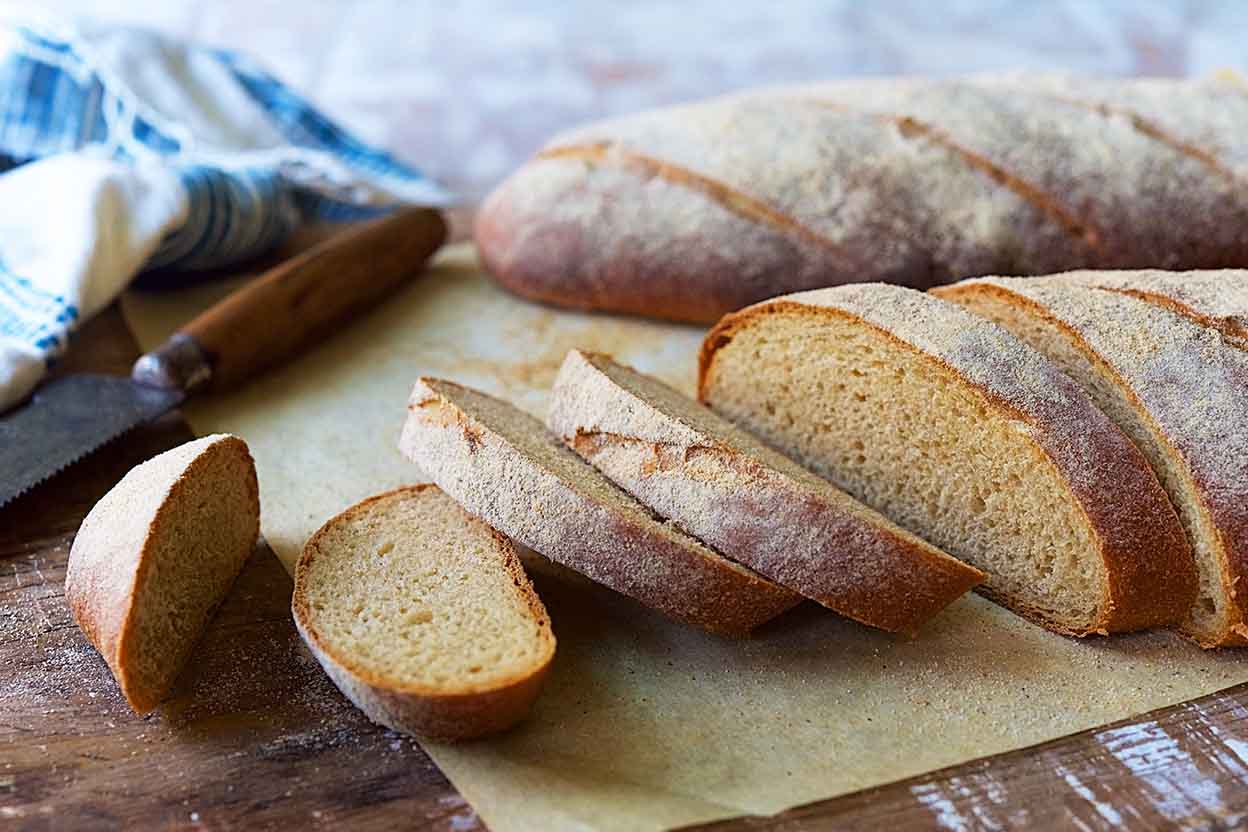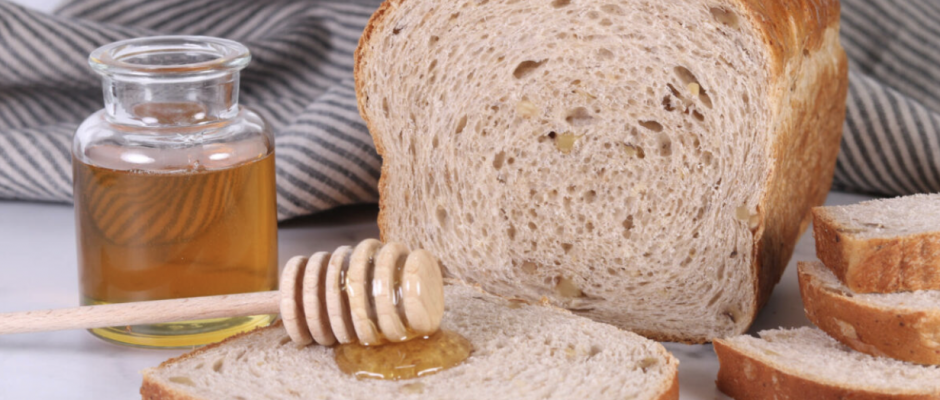Baking with whole grains is not only a flavorful endeavor but also a healthy one. Whether you’re a seasoned baker or just starting out, incorporating whole grains into your recipes can elevate your baked goods to new heights of taste and nutrition.
The key to successful whole grain baking lies in selecting the right flour. Whole wheat flour is a popular choice, but don’t be afraid to experiment with other options such as spelt, rye, or barley flour. Each type of whole grain flour brings its own unique flavor and texture to baked goods, so feel free to mix and match to find the perfect combination for your recipe. Here are some tips to help you master the art of whole grain baking.

Bake with a well-tested (standardized) recipe. Most good recipes may be baked as a whole-grain product.
Start with half whole grain. Identify the amount of enriched all-purpose or bread flour in the recipe. Divide the amount in half. Substitute a whole wheat flour for half the flour. (EX: For 2 c. all-purpose or bread flour substitute 1 c. whole wheat flour and 1 c. all-purpose or bread flour
Measure or scale flour accurately. 1 cup flour = 4.25 oz /120g “Fluff, spoon, level” or use a scale. View How to Measure Flour
For yeast breads, use hard whole wheat flour (red or white)
Find the whole grain version. For de-germinated cornmeal, sub one for one whole grain cornmeal.
Want multi-grain? Create your own blend to sub for ¼ (25% and no more) of the enriched or whole wheat flour.
More liquid needed? Not if veggies, fruits or buttermilk are included. If batter/dough seems dry, add 1-2 T. liquid.
Bake together, eat better. When children help, they’re much more likely to try and adopt whole grain foods.
Baking with whole grains opens up a world of possibilities for creating delicious and nutritious treats. With the right ingredients and techniques, you can elevate your baked goods to new levels of flavor and healthfulness. So don’t be afraid to experiment with different whole grain flours, ratios, and ingredients to discover your own signature recipes.
Find lessons, recipes and more at HomeBaking.org
Check out the resource Whole Grain Baking 101 for more information.




Comments are closed.